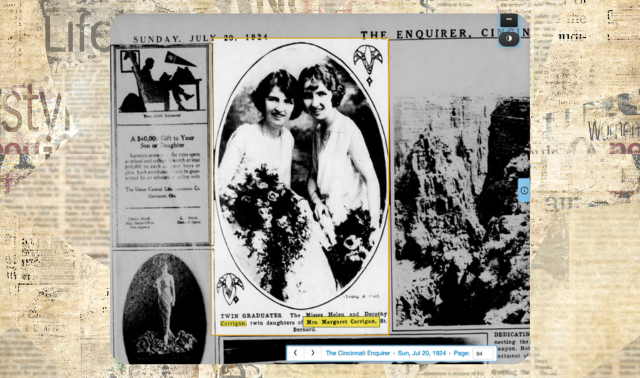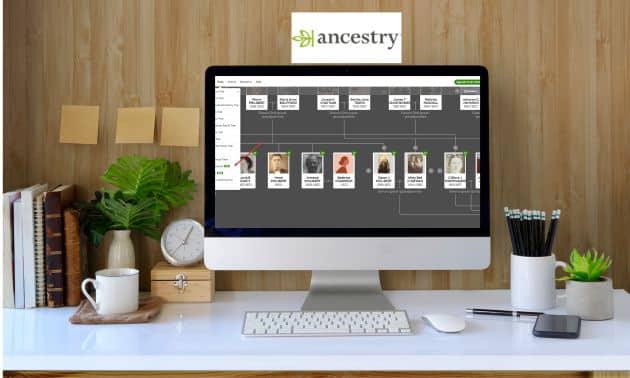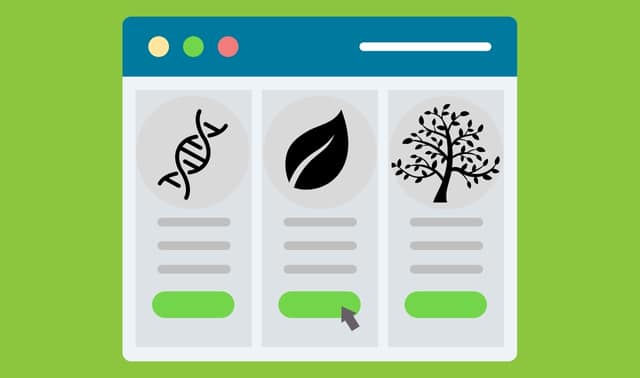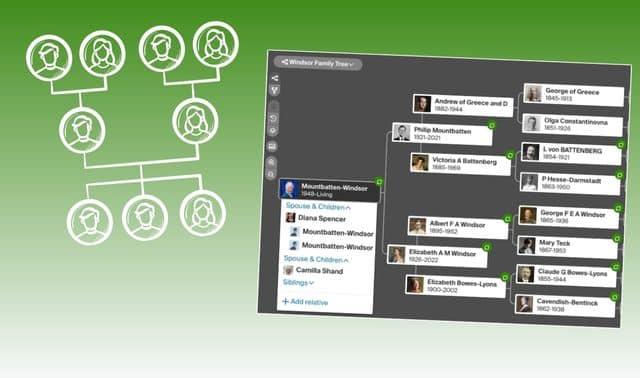Sign up for the Family Tree Newsletter! Plus, you’ll receive our 10 Essential Genealogy Research Forms PDF as a special thank you.
Get Your Free Genealogy Forms
"*" indicates required fields
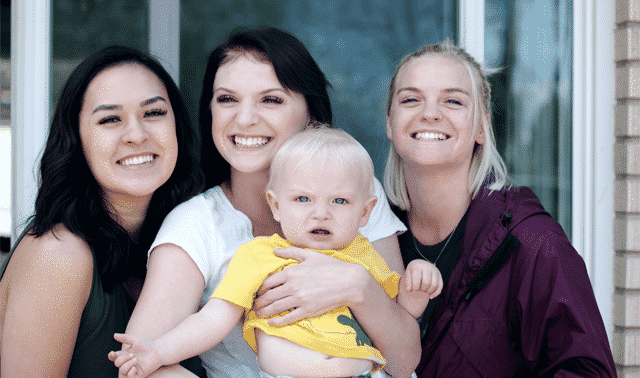
AncestryDNA promises testers insights into how certain genetic traits may run in their families and ethnic groups. For an additional $20, your test can include AncestryDNA Traits. This feature tells testers what their genes indicate for 26 physical attributes: hair color, type and strand thickness; eye color and iris patterns, skin pigmentation; perception of bitter, sweet and savory flavors; finger length; cleft chin; earlobe and earwax type; freckles; male hair loss; cilantro aversion; asparagus metabolite detection and the infamous “unibrow.”

Most people already know these kinds of attributes about themselves. Ancestry executive David Sanchez describes it as “a fun and innovative way for you to further explore who you are and where you come from.” I tested it out. Here are three things you get out of it:
1. A personal report with a little bit of genetic and cultural context
For example, my AncestryDNA Traits result for eye color indicated that I have blue eyes (which I do). Then it explained, “Your results are based on four well-studied markers linked to eye color in the TYR, OCA2, and HERC2 genes, and near the SLC24A4 gene.” The eye color landing page has a couple of fun facts about eye color and lists a few scientific articles on the topic. Interestingly, I was asked to confirm my eye color (Ancestry is gathering data even as it shares it), then was told what others with similar genes are reporting about their eye color.
2. An “Around the World” trait map
For every trait, I can click on an interactive map to select a trait, then one of my genetic regions, to see how this trait is expressed in others who have genetic heritage from this region. This can indicate how strongly my trait may be associated (or not) with my ethnic heritage.

3. Comparison with other AncestryDNA Traits customers
The site prompted me to invite any of my matches to participate in Traits, as well. One of my close matches paid the $10, allowing us to compare our attributes. Here’s what it looked like (with my relative’s identity privacy-protected).

This isn’t the same kind of genetic health information such as those provided with 23andMe’s Health + Ancestry test. Neither does AncestryDNA Traits seem to have any direct application to genealogical research. Some folks will enjoy learning a little more about where their physical attributes come from. Others may like the conversation-starting aspect that could lead other relatives to take a greater interest in family history—or at least in having their DNA tested.

